Tag Archive for: Grazing

Building a Strong Foundation for Working with Livestock
Years of farming and visiting other farms, combined with recent education in soil health, have convinced me of this: We can best serve people, the land, and the livestock by learning to care for the soil FIRST. That’s why NCAT’s Livestock and Grazing Team began with this foundation when they gathered to teach a three-part series for beginning livestock producers.
By Linda Coffey, NCAT Livestock Specialist
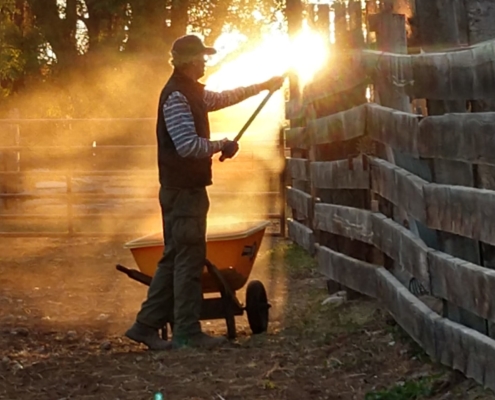
The Journey to a More Holistic System of Ranching
After many different and varied careers, Doug Lair settled into ranching 25 years ago, returning to a legacy started by his great-great grandfather, who passed down a team of mules and the family brand to his great grandfather. I recently had a conversation with Doug about his efforts to create a more holistic system of ranching.
By Andrew Coggins, NCAT Rocky Mountain West Regional Director
By Andrew Coggins, NCAT Rocky Mountain West Regional Director
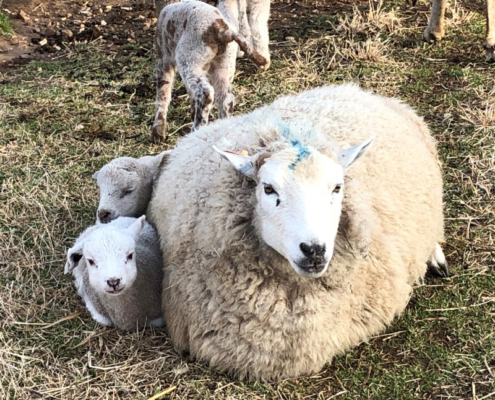
Lambing, Kidding, and Calving on Pasture
In this video, Margo Hale, Tracy Mumma, Linda Poole, and Linda…

Overgrazing – A Chronic Soil Disturbance on Grazing Lands: Part II
If we’re going to build the health of anything – whether that’s our own health or the health of grazing lands – and we are causing damage by our management actions, then our first priority should be to stop the damage.
By Justin Morris, Regenerative Grazing Specialist
By Justin Morris, Regenerative Grazing Specialist
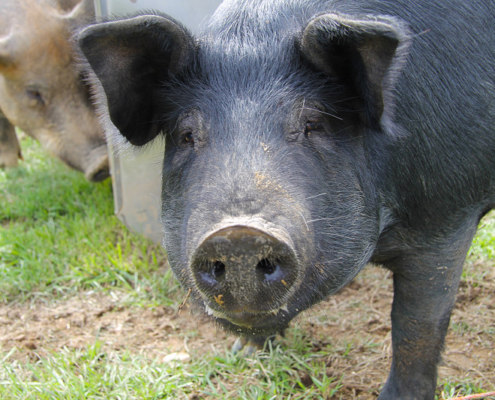
Building Strong Foundations, Part 3. Choosing Livestock for Your Farm
In the final session of the three-part "Building Strong Foundations"…
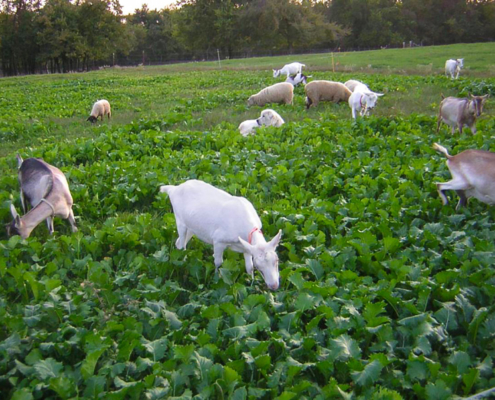
Building Strong Foundations, Part 1. Soil Health: Your Grazing Foundation
Wondering how to get started with livestock? You've come to the…
 NCAT
NCATBuilding Strong Foundations, Part 2. Adaptive Grazing: Matching Land and Livestock
How many animals should I have?
This video -- the second session…

Overgrazing – A Chronic Soil Disturbance on Grazing Lands: Part I
Chronic human diseases are everywhere these days it seems. Interestingly, there are some similarities between how our bodies respond to acute and chronic disturbances and how grazing lands respond to acute and chronic disturbances that come in the form of grazing, drought, fire, hail and even insect pest invasion.
By Justin Morris, Regenerative Grazing Specialist
By Justin Morris, Regenerative Grazing Specialist

The Impact of Grazing Frequency and Recovery Period on Plant Diversity and Soil Health
During my extensive travels working in pastoral ecosystems for nearly 20 years, ranging from Hawaii to New Hampshire and a lot of places in between, I’ve observed a common phenomenon. Whenever I would see a pasture that was always grazed down very short, I would see maybe two or three species of plants there. At the opposite end of the spectrum, I observed fields where livestock were never permitted to go and again, I would see a few plant species at best. Between these two extremes I found pastures with incredible diversity. So, what was driving plant diversity or the lack of it?
By Justin Morris, Regenerative Livestock Specialist
By Justin Morris, Regenerative Livestock Specialist
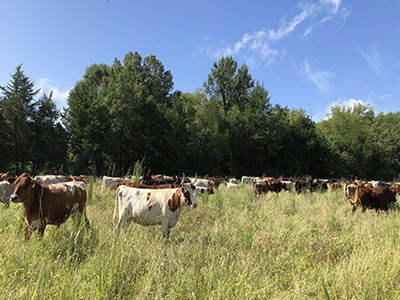
Demystifying Regenerative Grazing at BDA Farm
Visiting other farms is always a joy and an education for me. I recently had the pleasure of visiting BDA Farm in Uniontown, Alabama, for a day-long workshop where we toured the farm and learned about its regenerative practices that build soil health and increase productivity and profitability of the farm.
By Linda Coffey, Livestock Specialist
By Linda Coffey, Livestock Specialist
